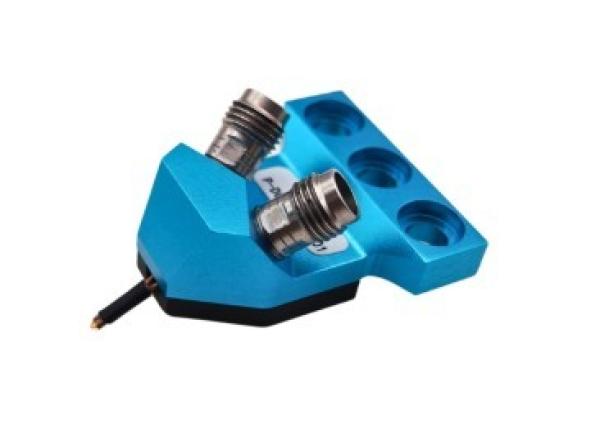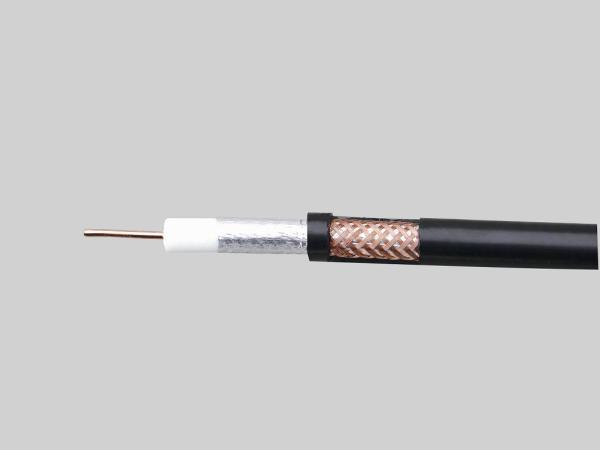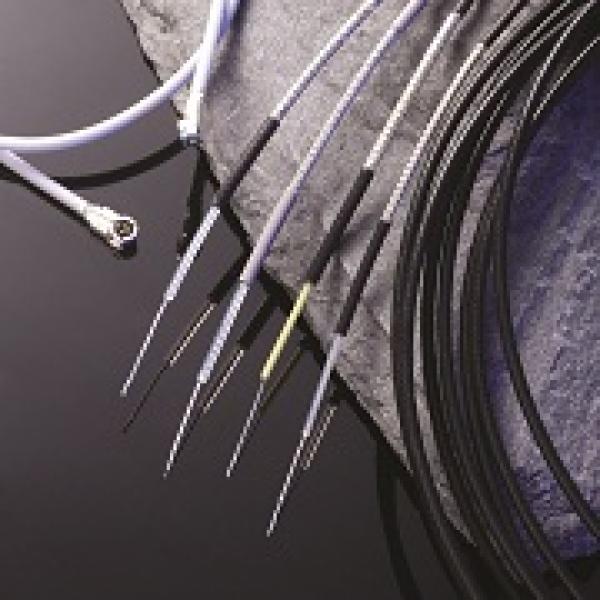Liquid Cooling: Enabling the Data Center of the Future

With the acceleration of digital transformation, data centers are becoming increasingly important as the infrastructure of the information society. However, traditional air cooling technology has gradually failed to meet the needs of modern data centers in terms of heat dissipation efficiency and energy consumption control, especially in the fields of artificial intelligence and high-performance computing (HPC). With the rapid development of technologies such as generative AI and large models, data centers have an increasing demand for computing power. According to data from the China Academy of Information and Communications Technology, as of June 2024, my country's computing centers will have more than 8.3 million standard racks in use, with a computing power scale of 246EFLOPS (FP32), and a year-on-year growth rate of intelligent computing of more than 65%. With such high computing power requirements, the overall density of data centers is also constantly increasing, and the limitations of traditional air cooling technology are becoming more and more obvious.
The emergence of liquid cooling technology provides a new solution to the heat dissipation problem of data centers. Liquid cooling technology can efficiently conduct and dissipate heat by directly or indirectly contacting the cooling liquid, significantly improving the energy efficiency and stability of the data center. The heat dissipation medium of liquid cooling technology has a larger specific heat capacity, large cooling capacity, and high cooling efficiency, and is more suitable for large-scale, high-density, and high-power data centers.
Types and advantages of liquid cooling technology
Cold plate liquid cooling
Cold plate liquid cooling technology avoids direct contact between liquid and electronic components by introducing coolant into the cold plate and indirectly contacting the heating element, reducing the risk of leakage, and at the same time has a high degree of technical maturity and construction and maintenance convenience. Cold plate liquid cooling is a heat dissipation method that directly introduces coolant into the cold plate, and the cold plate is in direct contact with the GPU to take away heat. In the cold plate, the coolant flows through the internal cooling channel, exchanges heat with the surface of the heat source, and absorbs heat. The coolant flows to the cooling tower or heat exchanger, releases the heat to the environment or takes it to a remote end, and then recirculates to the cold plate. Cold plate liquid cooling technology will become the main cooling method for data centers in the future due to its advantages of easy deployment, low cost, good heat dissipation effect and easy maintenance.
Immersion liquid cooling
Immersion liquid cooling achieves more efficient heat dissipation by completely immersing the equipment in insulating coolant, which is suitable for ultra-high density and high-power equipment. Immersion liquid cooling uses a single-phase immersion solution with media such as 3M fluorinated liquid to support 100kW/cabinet heat dissipation, and the PUE (energy efficiency ratio) drops below 1.05. At present, Google has deployed fully immersed racks in its Oklahoma data center, reducing heat dissipation energy consumption by 90%. Immersion liquid cooling technology has been more maturely applied in high-power density data centers, and innovative technologies such as jet cooling and microchannel liquid cooling have also been piloted in specific applications to promote the diversification of liquid cooling.
Liquid cooling technology not only has significant advantages in heat dissipation efficiency, but is also environmentally friendly. Liquid cooling technology reduces noise pollution in data centers and is suitable for office spaces with high requirements for the working environment. In addition, liquid cooling technology also supports heat energy reuse. For example, waste heat can be used to heat buildings or industrial processes, reducing carbon footprint. This is particularly important in data centers that pursue sustainable development.
Market size and development trend of liquid cooling technology
In recent years, the size of the liquid cooling market has shown a rapid growth trend. According to relevant statistics, the compound annual growth rate (CAGR) of data center infrastructure revenue is expected to remain at around 8% from 2022 to 2027, and the market size is expected to exceed US$35 billion by 2027. Among them, the application proportion of liquid cooling technology is gradually increasing, especially in the fields of high-performance computing and artificial intelligence, and the market demand for liquid-cooled servers is particularly prominent. Data shows that the size of China's liquid-cooled server market has reached US$1.26 billion in the first half of 2024, a year-on-year increase of 98.3%, and the market size is expected to increase to US$10.2 billion by 2028.
The future development of liquid cooling technology will revolve around intelligence, greening and standardization. With the continuous advancement of artificial intelligence and Internet of Things technologies, liquid cooling systems will have stronger intelligent management capabilities, be able to monitor and adjust heat dissipation efficiency in real time, and further reduce energy consumption. At the same time, the green development of liquid cooling technology will also become a trend. By optimizing the environmental performance of the cooling liquid and improving the energy efficiency of the system, liquid cooling technology will play an important role in the low-carbon transformation of data centers.
Application scenarios of liquid cooling technology
The application scenarios of liquid cooling technology are constantly expanding. From early high-performance computing and laboratory equipment to today's large-scale data centers, 5G base stations and cloud computing platforms, liquid cooling technology is gradually becoming an indispensable part of modern data centers. For example, Facebook's Luleå data center (PUE1.09) and Google's Hamina data center (PUE1.10) use liquid cooling technology to achieve industry-leading efficiency. With the continuous maturity of technology and the reduction of costs, liquid cooling technology is expected to achieve wider commercial applications in the next few years, bringing higher energy efficiency and lower operating costs to the data center industry.
Challenges faced by liquid cooling technology
Although liquid cooling technology has many advantages, its development also faces some challenges. First, the research and development and application costs of liquid cooling technology are relatively high, especially in the initial construction and maintenance, which requires enterprises to invest a lot of money and resources. Secondly, the standardization process of liquid cooling technology is still in progress, and the technical standards and interfaces between different manufacturers have not yet been fully unified, which to a certain extent limits the widespread application of liquid cooling technology. In addition, the safety and reliability of liquid cooling technology also need to be further verified, especially in the application scenarios of large-scale data centers. How to ensure the long-term stable operation of the liquid cooling system is an urgent problem to be solved.
Future prospects of liquid cooling technology
Despite facing many challenges, liquid cooling technology will still be the mainstream choice in the field of data center refrigeration in the future due to its significant advantages in improving heat dissipation efficiency and energy efficiency. With the continuous maturity of technology and the reduction of costs, liquid cooling technology is expected to achieve wider commercial applications worldwide, providing strong support for the sustainable development of the data center industry. In the future, liquid cooling technology may develop in the direction of adaptive intelligent cooling, and realize real-time temperature monitoring and dynamic adjustment through the Internet of Things artificial intelligence technology. Cold plate liquid cooling continues to be popular in large data centers and cloud computing fields; immersion liquid cooling is expected to be gradually adopted in high-power applications; new intelligent liquid cooling technology will help promote the development of data centers and computing systems in the direction of green and environmental protection.
In short, as an efficient and green heat dissipation technology, liquid cooling technology will play an important role in future data centers. It can not only meet the growing heat dissipation needs of data centers, but also help enterprises achieve energy conservation and emission reduction goals and promote the sustainable development of the data center industry.





